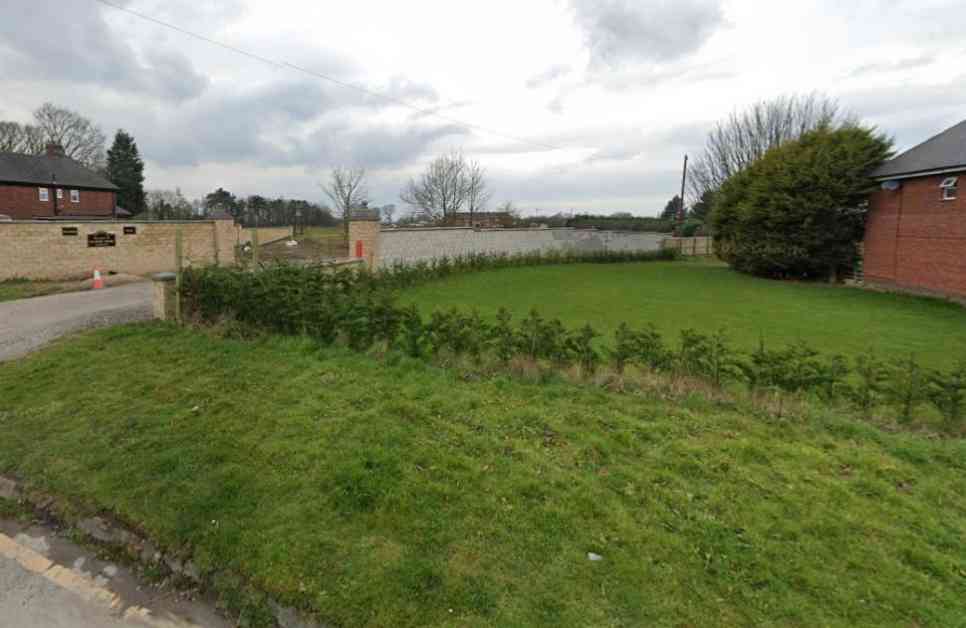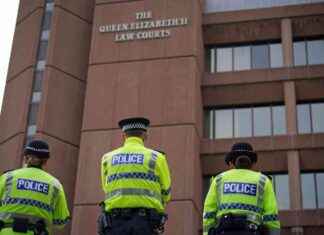Title: Appeal Launched Against Council Decision Blocking Green Belt Caravan Site
THE applicant in a bid to create a caravan site on green belt land is appealing a council decision.
It comes after plans to use green belt land in south Warrington to accommodate gipsy caravans were thrown out by Warrington Borough Council in March.
The site in question is a 0.35-hectare space to the west of Fir Tree Close in Stretton, currently grazing land and adjacent to an existing part five-berth gipsy caravan site.
Plans were for a change of use of the land to use as a residential caravan site for 10 gipsy families – but permission has been refused by planners.
Each could accommodate two caravans, including no more than one static caravan, together with the laying of hardstanding areas.
Planning permission was granted in 2018 for the change of the use of land at Manor Park to accommodate residential caravans for five gipsy families.
A document prepared by applicant Charles Smith states that since that time, the accommodation needs of the applicant’s extended family have grown.
The proposed mobile homes would have contained kitchen and bathroom facilities.
In refusing permission, the council said: “The proposal constitutes inappropriate development in the green belt, which causes significant harm to openness and visual amenity and does not accord with the purposes of including land within the green belt.
“It is not considered that the information provided within the supporting statement submitted with the application provides sufficient detail to amount to very special circumstances that would clearly outweigh the harm to the green belt.
“This is by reason of inappropriateness, loss of openness, encroachment into the countryside and visual intrusion.”
Document submitted as part of the application stated: “Despite the undertaking given in the core strategy, the council has not allocated any land for the provision of gipsy sites.
“This means that, as of today, the council cannot demonstrate a five-year supply (nine permanent pitches) of deliverable land for gipsy sites.
“The unmet need, absence of a five-year supply and contribution that the proposed development would make to meeting the shortfall are all matters which should carry considerable weight in favour of this application.”
On green belt considerations, the document concludes: “It is accepted that the proposed development constitutes inappropriate development in the green belt, and that substantial weight must be attributed to this harm to the green belt.
“Extension of the existing caravan site would only result in a small net loss of openness in spatial terms and visually would not be prominently located or obtrusive in the landscape.
“The extended caravan site would be well screened from public view, and the visual impact on openness would be negligible.
“Apart from encroaching into the open countryside to a minor extent, the proposed development would not affect any of the other purposes of including land in the green belt.”
The Planning Inspectorate will rule on the appeal, with the appellant stating that there are ‘very special circumstances’ that go in the proposal’s favour.
These include an unmet need for sites outweighing potential harm to the green belt and personal circumstances of those using it.
Challenges in Balancing Development and Preservation
The appeal against the council decision to block the creation of a caravan site on green belt land in Warrington highlights the ongoing challenges in balancing development needs with the preservation of green spaces. The debate over whether to allow development on green belt land is not a new one, with proponents arguing for the need to provide housing and accommodation options for marginalized communities, while opponents stress the importance of protecting these designated areas from urban sprawl.
The proposed caravan site in Stretton, Warrington, aimed to address the growing accommodation needs of gipsy families in the area. With the existing caravan site already at capacity, the applicant sought permission to create additional spaces to accommodate more families. However, the council’s decision to refuse planning permission on the grounds of inappropriate development in the green belt has sparked a legal challenge, as the applicant argues that there are ‘very special circumstances’ that warrant the approval of the proposal.
Importance of Meeting Accommodation Needs
One of the key arguments put forth in support of the appeal is the unmet need for sites to accommodate gipsy families in the area. The applicant’s extended family has grown since the initial planning permission was granted for the existing caravan site, highlighting the pressing need for additional accommodation options. The proposed mobile homes would have provided essential facilities such as kitchens and bathrooms, addressing the basic living requirements of the families seeking housing in the area.
The failure of the council to allocate land for the provision of gipsy sites has further exacerbated the housing shortage for marginalized communities. Without a five-year supply of deliverable land for gipsy sites, the council is unable to meet the demand for affordable and suitable accommodation options for these families. The applicant argues that the proposed development would contribute significantly to filling this shortfall and meeting the accommodation needs of gipsy families in the area.
Weighing the Benefits Against the Harm
The council’s decision to refuse planning permission for the caravan site was based on the perceived harm to the green belt, citing concerns about the loss of openness, encroachment into the countryside, and visual intrusion. While it is acknowledged that the proposed development constitutes inappropriate development in the green belt, the appellant argues that the benefits of the project outweigh the potential harm.
The extension of the existing caravan site would result in a minor loss of openness in spatial terms, with minimal visual impact on the surrounding landscape. The proposed development would be well screened from public view, mitigating concerns about visual intrusion and maintaining the character of the green belt. While there would be some encroachment into the open countryside, the overall impact on the area’s purposes as designated green belt land would be limited.
In conclusion, the appeal against the council decision blocking the green belt caravan site in Warrington raises important questions about the balance between development needs and environmental preservation. The unmet need for accommodation options for gipsy families, coupled with the potential benefits of the proposed development, underscores the importance of considering ‘very special circumstances’ in planning decisions. As the Planning Inspectorate reviews the appeal, it will be crucial to weigh the benefits of meeting accommodation needs against the potential harm to the green belt, ensuring a balanced and informed decision that takes into account the interests of all stakeholders involved.




















